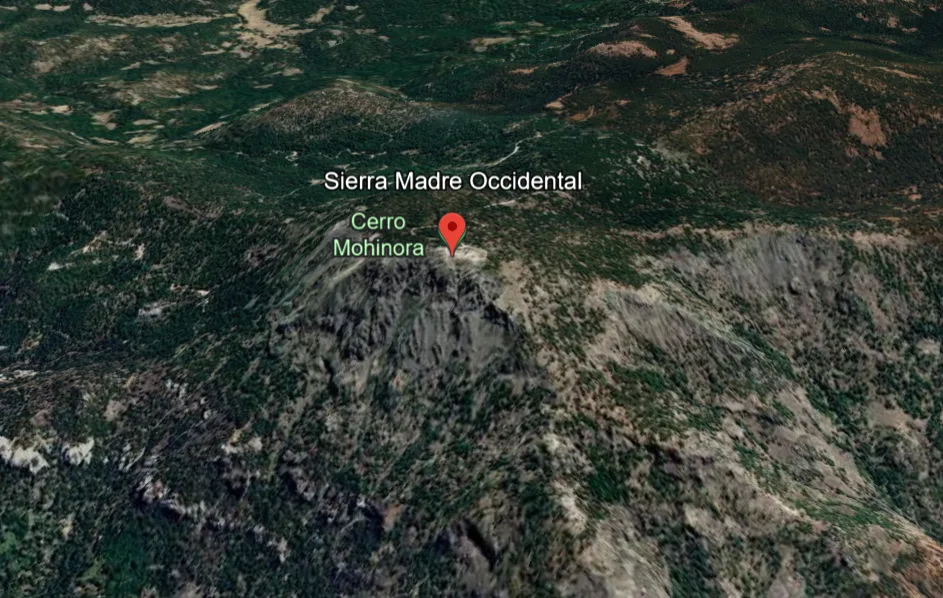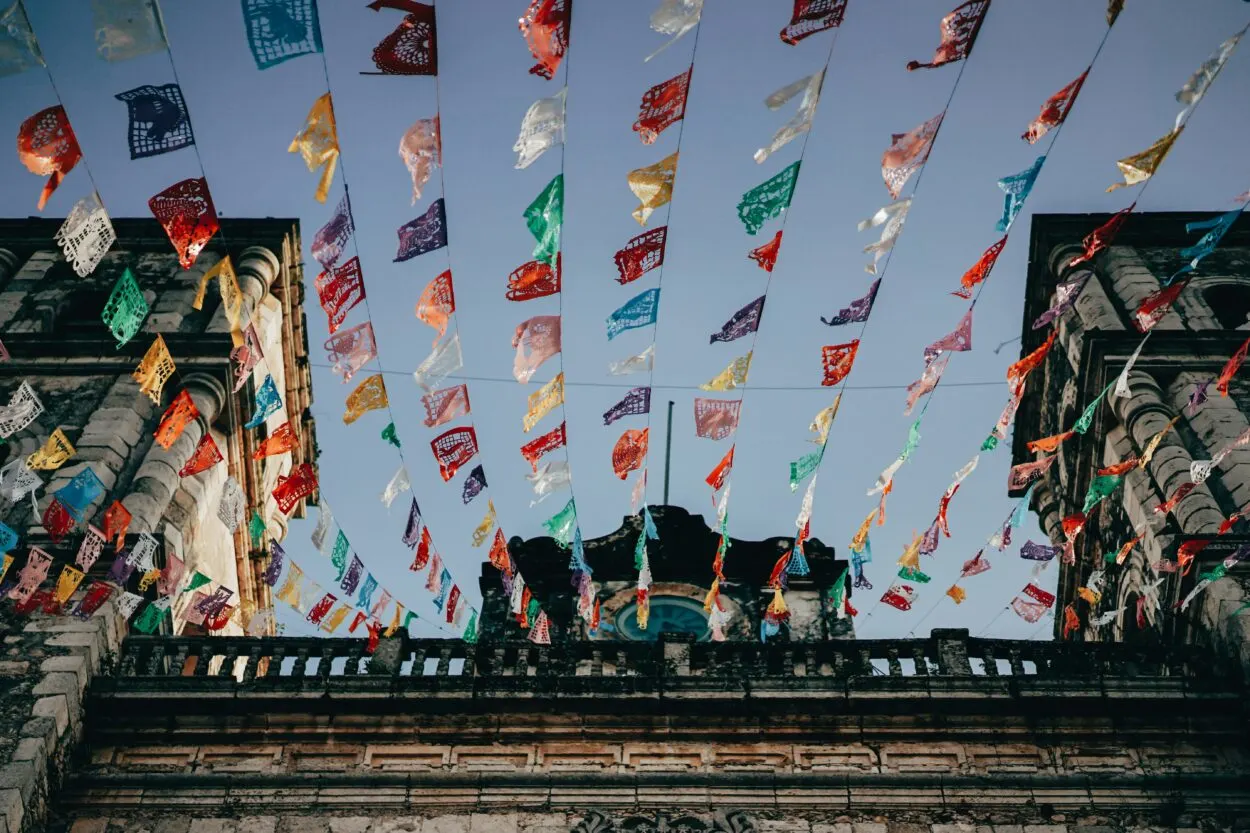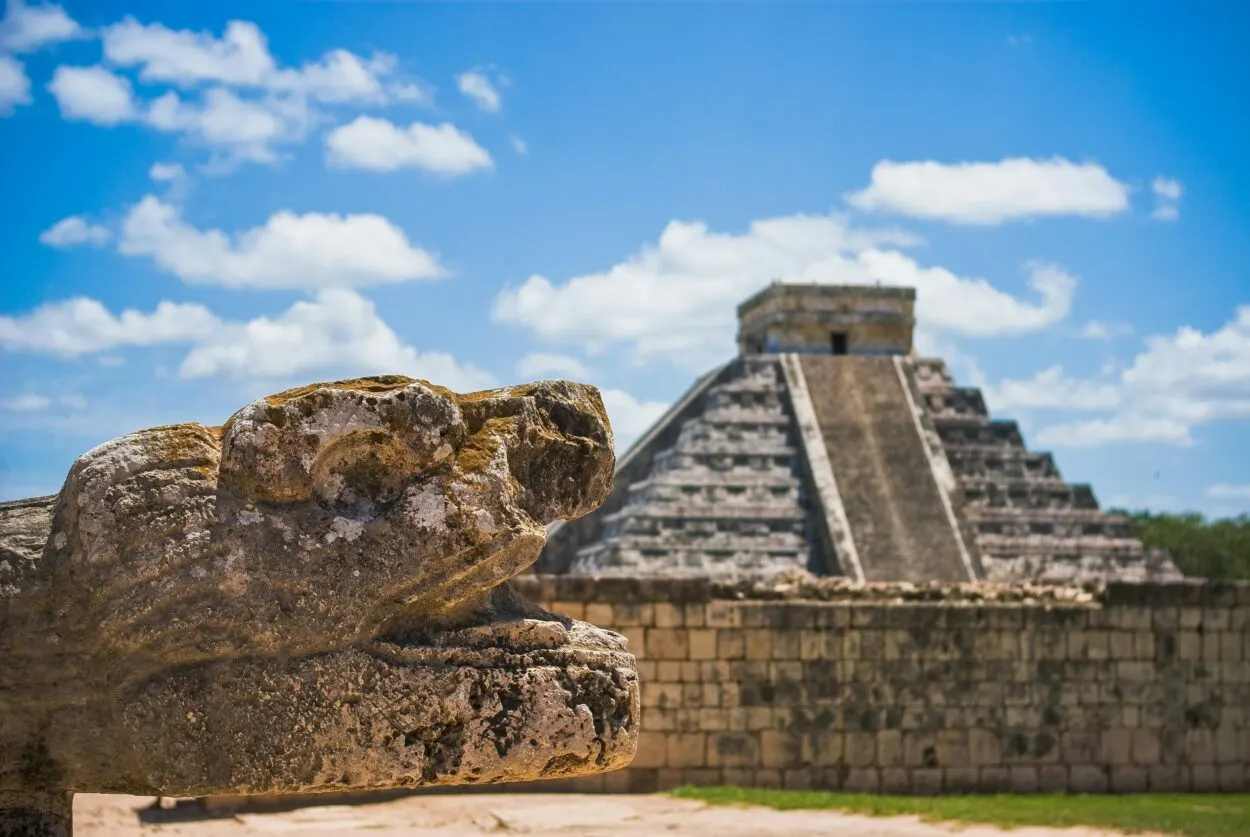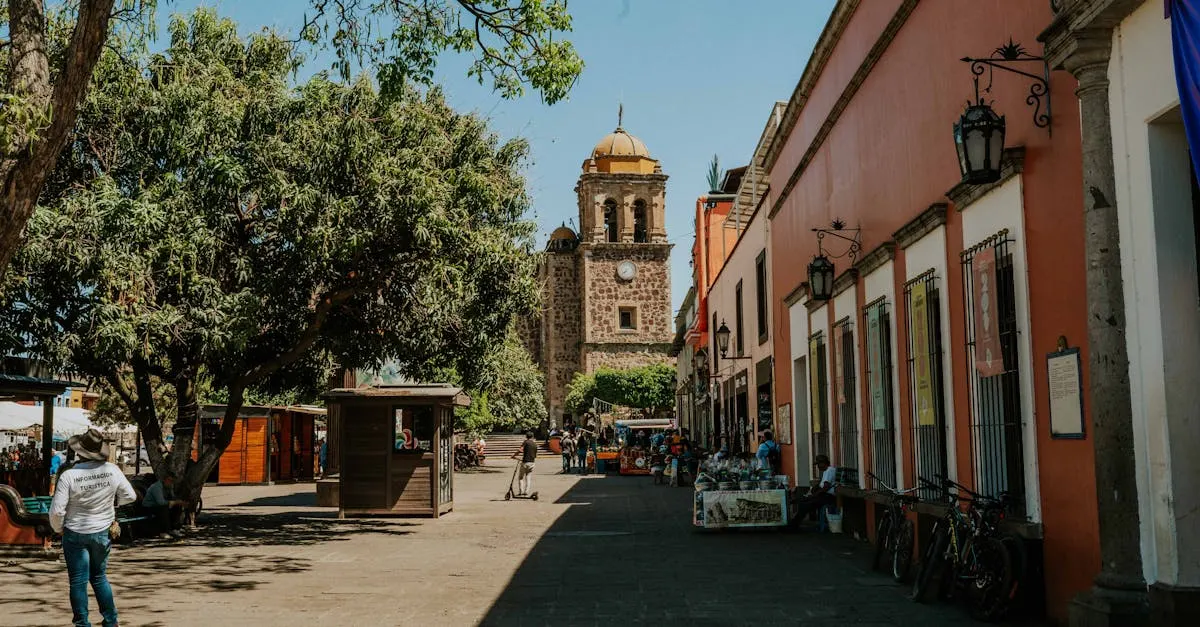Dive into the fascinating world of Mexico with a comprehensive map at your fingertips. It’s not just a country; it’s a vibrant tapestry of cultures, landscapes, and history. A detailed map of Mexico can be your guide, whether you’re planning a trip or studying for a geography quiz.
From the bustling streets of Mexico City to the pristine beaches of Cancun, there’s so much to explore.
A map of Mexico isn’t just a navigation tool; it’s a gateway to understanding this diverse nation. So, get ready to embark on an exciting journey as you unravel the secrets of Mexico, one map at a time.
With a Mexican map, you’re not just observing from the sidelines; you’re immersing yourself in the rich tapestry that makes up this enchanting country.
So, let’s dive in and start exploring the wonders of Mexico, shall we?
| Attribute | Information |
|---|---|
| Capital | Mexico City |
| Population | Approximately 130 million |
| Official Language | Spanish |
| Government | Federal presidential constitutional republic |
| President | Andrés Manuel López Obrador (as of 2024) |
| Currency | Mexican Peso (MXN) |
| Area | Approximately 1,964,375 square kilometers |
History of Mexico
Getting lost in the multi-dimensional world of Mexico’s history, you’ll notice a compelling blend of influences.
Meticulous artifacts and well-preserved monuments bring layers of civilizations to life. It started with intricate indigenous empires, transitioned into European colonization, and evolved into an independent nation.
Ancient Civilizations mark the beginning of Mexico’s timeline where the Olmec, Zapotec, Mayan, and Aztec societies thrived.
From around 1500 BC to 1521 AD, these civilizations etched profound influences on Mexico’s art, architecture, and culture.
Turn a corner or peel back a layer of any Mexican city on your map and uncover a touch of these ancient civilizations.
Spanish Conquest in 1521 dramatically altered the course of Mexico’s history.
You’ll find this period echoed in the fusion of indigenous and European cultures evident in the country’s language, religion, and cuisine.
Mexico City, for instance, stands where the former Aztec capital, Tenochtitlán, once was. The cobblestone streets, ornate cathedrals, and bustling markets are live testaments to this period’s influence.
Fast forward to Independence and Modern Mexico, dotted with revolutions and reforms.
The War of Independence (1810-1821) resulted in the birth of independent Mexico. The subsequent years saw numerous political transitions, leading to the democratic Mexico you can witness today.
Geography of Mexico
As you navigate the map of Mexico, you may notice the dramatic shifts in geography.
From towering mountains to sprawling coastlines, Mexico has it all. It’s the third-largest country in Latin America, after Brazil and Argentina. With such vast lands come varied climates and environments.
Mexico’s terrain is remarkably diverse. In the north, you’ll find deserts dotted with cacti. Visit the center and you’ll be greeted with high, rugged mountains and volcanic plateaus.
In the south and east are tropical rainforests, and rich biodiversity is evident in their lush vegetation. Few countries in the world offer such vivid geographic contrasts.
Mountain Ranges and Volcanoes
Mexico’s geography would not be complete without its well-known mountain range, the Sierra Madre.
They split into three primary ranges: Sierra Madre Occidental, Sierra Madre Oriental, and Sierra Madre del Sur.
These mountains are steep and high but surprisingly accessible, with pine-oak forests that boast a wide variety of fauna.

Mexico is home to many active and dormant volcanoes too. The highest peak, Pico de Orizaba, is an inactive volcano standing at approximately 5,636 meters.
Coastal Highlights
Marvel at the coasts of Mexico, where the Pacific Ocean meets the Gulf of Mexico and the Caribbean Sea.
Here, you’ll discover some of the most beautiful beaches in the world. Coastal lagoons and wetlands serve as important habitats for diverse marine life.
Biodiversity
Widely recognized for its biodiversity, Mexico ranks as one of the top countries in terms of varied habitats and species.
From the Sonoran desert’s unique flora and fauna to the Monarch Butterfly Biosphere Reserve’s wintering butterflies, Mexico’s rich natural biodiversity is something to behold.
Unfolding this vast geographic diversity in Mexico brings to life not just the locations on the map, but also the country’s cultural and historical narratives.
Every region resonates with tales from different eras, making the land beneath your feet an integral part of the country’s dynamic story.
Cultural Diversity in Mexico
Digging deeper into Mexico’s vibrant scenes, you’ll find a rich tapestry of cultural diversity that’s just as varied as the country’s geography.
The cultural landscape is deeply rooted in a mixture of indigenous traditions and Spanish colonial influences. Here’s a closer look at how this cultural mix is unique to the various regions of Mexico.
Northern Mexico, known for its industrial powerhouse cities, flaunts a culture reflecting cowboy heritage.
You’ll readily spot this in their love for rodeos, cowboy boots, and Norteño music that’ll have you tapping your feet in no time.
In contrast to the north, Southern Mexico, especially the states of Oaxaca and Chiapas, are steeped in indigenous traditions.
Here, colorful textiles and intricate handicrafts tell stories of civilizations that date back thousands of years.

Emerging from Central Mexico, Mexico City or Ciudad de México combines the old and the new.
You will encounter Aztec ruins nestled among modern skyscrapers, traditional markets brimming alongside upscale shopping districts, and quaint Mariachi bands sharing the stage with lively nightclubs.
Heading towards the coasts, luscious seafood cuisine reflects the coastal culture.
While the Pacific Coast is renowned for its surfer culture and laid-back lifestyle, the Yucatán Peninsula is known for its Mayan history, vibrant music, and delicious Yucatecan cuisine.
Top Destinations in Mexico
Mexico is a country rich in culture, history, and natural beauty. It’s a destination that appeals to all types of travelers.
Whether you’re a history buff, beach lover, or foodie, Mexico has something to offer everyone. Let’s take a look at some of the top destinations in this magnificent country.
Mexico City, the capital and a bustling metropolis features a blend of ancient Aztec ruins and modern skyscrapers.
Here you’ll find the well-preserved Templo Mayor, an impressive Aztec temple right in the heart of the city.
Visit Frida Kahlo’s house, now a museum, that sheds light on the complex life of this iconic Mexican artist. If you’re a fan of mouth-watering street food, you’re in for a treat – the city is known for its vibrant food scene.
Escape to the Pacific Coast city of Puerto Vallarta if you’re yearning for a slice of beach-bum life.
Renowned for its stunning palm-lined beaches, crystal clear water, and vibrant nightlife, it’s a perfect retreat for all occasions. Don’t forget to try the fresh seafood delicacies.
Venture a little further to experience the magic of Oaxaca.
This city is well known for its indigenous roots, folk art, vibrant textiles, and pottery. Not to mention its diverse gastronomy and world-famous mezcal!
Or, if you’re a history enthusiast, head for the Yucatán Peninsula. Brimming with Mayan history, little can compare to the awe-inspiring Chichén Itzá, one of the New Seven Wonders of the World.

However, your Mexican adventure wouldn’t be complete without traversing northern Mexico. See the cowboy heritage reflected in the vibrant rodeos and tap your feet to the rhythm of Norteño music.
Frequently Asked Questions
What is unique about Mexico City?
Mexico City is an intriguing blend of ancient and modern, with Aztec ruins juxtaposed against a contemporary urban scene. It offers a compelling cultural mix that sets it apart from other cities.
What is Puerto Vallarta known for?
Primarily, Puerto Vallarta is renowned for its beautiful beaches and delectable seafood. It’s a favorite destination on the Pacific Coast providing a combination of recreational and gastronomical delights.
What can one expect in Oaxaca?
Oaxaca showcases Mexico’s indigenous heritage. It is also a hub for mezcal, a traditional Mexican drink, making it an ideal destination for history enthusiasts and liquor aficionados alike.
What is significant about the Yucatán Peninsula?
The Yucatán Peninsula is deeply steeped in Mayan history. Numerous Mayan ruins scattered across the region allow visitors a glimpse into Mexico’s fascinating past.
What cultural contribution does northern Mexico offer?
Northern Mexico has a strong cowboy heritage exhibited through rodeos and Norteño music, providing a diverse cultural perspective to the country.
Conclusion
- You’ve journeyed through Mexico’s cultural mosaic. From the bustling streets of Mexico City to the tranquil beaches of Puerto Vallarta, each region tells a unique story.
- You’ve tasted the flavors of Oaxaca and delved into the Mayan history of the Yucatán Peninsula. You’ve even got a glimpse of the cowboy heritage of northern Mexico. This vast and vibrant country offers a rich tapestry of experiences that’s reflected in its map.
- As you explore further, you’ll uncover more layers of Mexico’s diverse heritage and beauty. So, keep your map of Mexico handy, it’s your guide to a country that’s as varied as it’s captivating.

